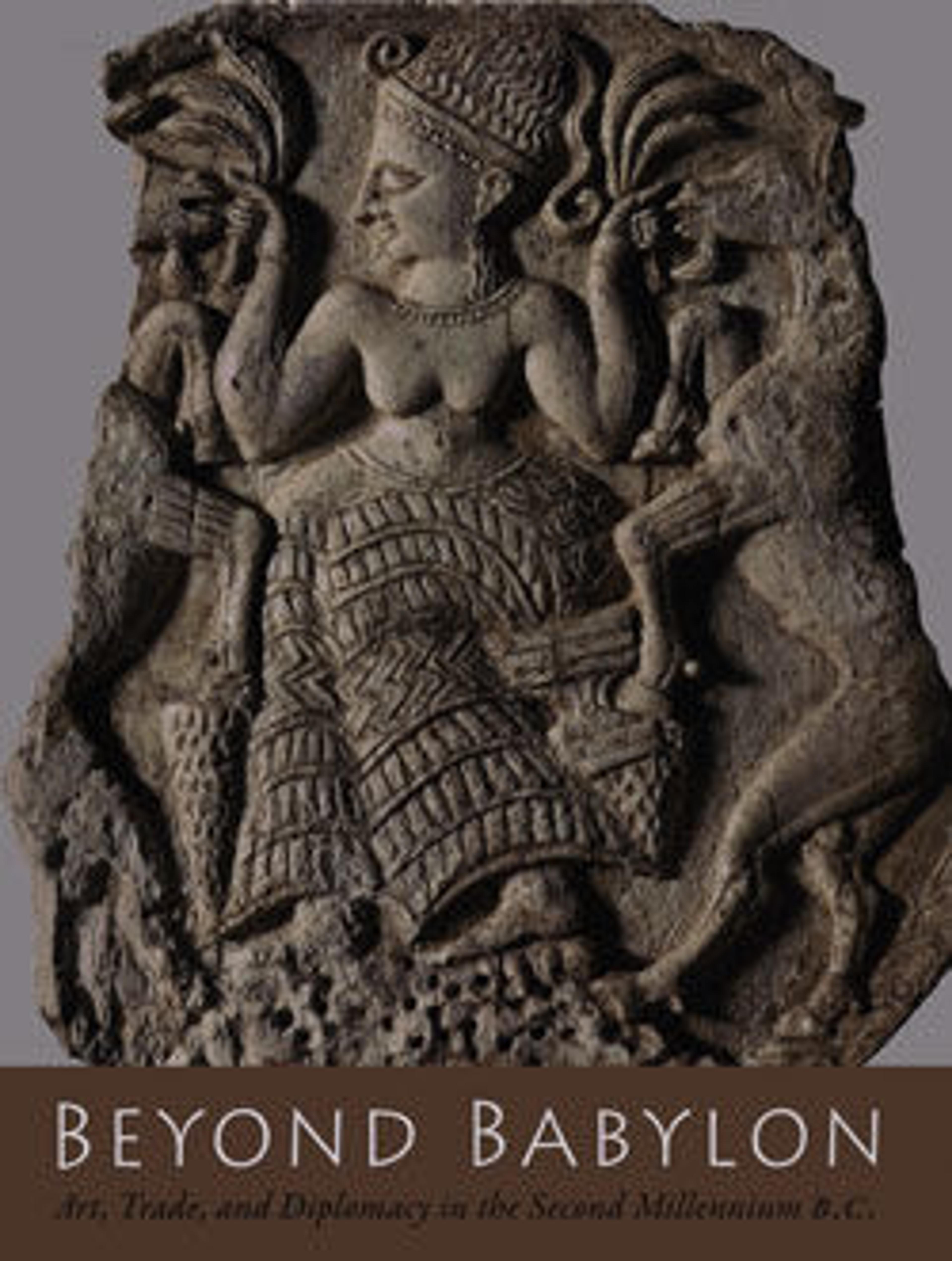Furniture plaque: incised griffin
This fragment belongs to a group of carved ivories, mostly furniture elements, probably found at the site of a palace at Acemhöyük in central Anatolia. Incised on the small flat piece of ivory is a delicate rendering of a griffin, a mythological creature that combines the body of a lion with the wings and head of a bird of prey. The small hooked beak and facial markings indicate that this griffin has the head of a falcon. Its slender leonine body is seated with front legs extended and wings fully extended, giving the impression that the creature is poised to spring into action. Griffins of this type, with a spiral curl hanging down the neck and extended wings, are characteristic of Aegean art in later periods, such as the famous Minoan wall painting from the palace at Knossos on Crete that shows griffins flanking the royal throne. This object is the earliest known rendering of this type of griffin, suggesting that the motif was adopted by Minoan artisans after contacts with Bronze Age Anatolia.
Artwork Details
- Title:Furniture plaque: incised griffin
- Period:Middle Bronze Age–Old Assyrian Trading Colony
- Date:ca. 18th century BCE
- Geography:Anatolia, probably from Acemhöyük
- Culture:Old Assyrian Trading Colony
- Medium:Ivory
- Dimensions:1.61 x 1.04 in. (4.09 x 2.64 cm)
- Credit Line:Gift of Mrs. George D. Pratt, in memory of George D. Pratt, 1936
- Object Number:36.152.7
- Curatorial Department: Ancient West Asian Art
More Artwork
Research Resources
The Met provides unparalleled resources for research and welcomes an international community of students and scholars. The Met's Open Access API is where creators and researchers can connect to the The Met collection. Open Access data and public domain images are available for unrestricted commercial and noncommercial use without permission or fee.
To request images under copyright and other restrictions, please use this Image Request form.
Feedback
We continue to research and examine historical and cultural context for objects in The Met collection. If you have comments or questions about this object record, please contact us using the form below. The Museum looks forward to receiving your comments.
